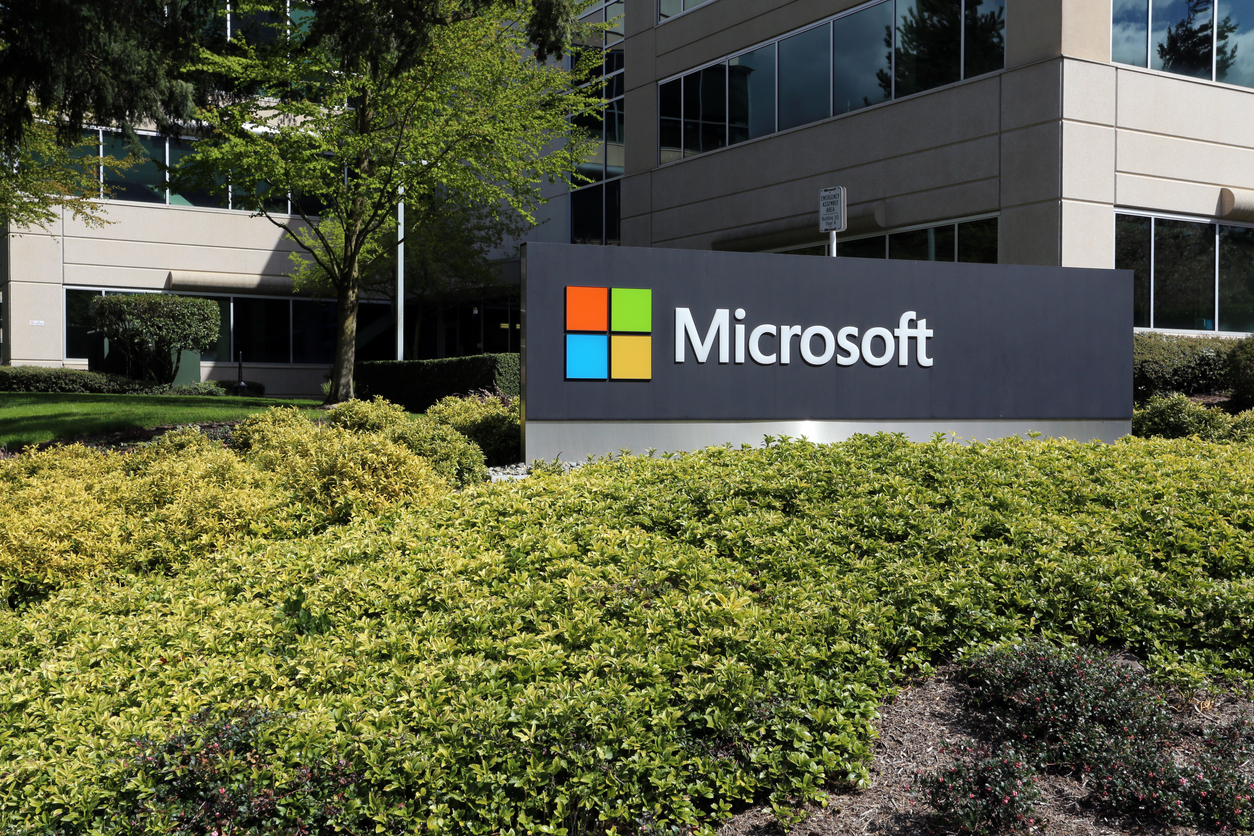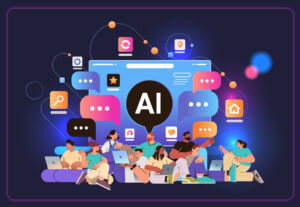How Microsoft’s AI comms tools work as a copilot, not an autopilot
Microsoft VP of Communications Strategy Steve Clayton on where generative AI started and where it’s going.

Early on in his opening keynote during Ragan’s Internal Communications Conference at Microsoft HQ in Redmond, Wash., Microsoft VP of Communications Strategy Steve Clayton recalled this time last year when the first headlines emerged about Dall-E images being generated from text, AI writing better recipes from humans and more.
A month later, on Nov. 30, ChatGPT was introduced. “Write me an introduction I can give about Brad Smith of Microsoft ahead of a commencement speech he is about to give including a reference to his book Tools and Weapons,” Clayton prompted the generative AI tool.
What he got back was pretty good, then he asked it to translate into French — and write the introduction as a poem.
“What have we encountered here?” Clayton asked himself. “This is first contact with a non-human species.”
Reinventing communications with AI
Fast forward to about three weeks ago Microsoft released Copilot for Windows, a set of technologies that integrate with the products many laready use on a daily basis. The suite is called “Copilot” because it positions AI as a strategic assistant—not an autopilot that does all the work for us. It doesn’t create the content so much as assist in its creation.
In one example, Clayton spoke about how AI helped copilot him past writer’s block. “You know what the most often thing people do after they open Word and are greeted with a blank page? They close it back down,” he said. The integrated toolset helped him overcome the block because he was able to ask Word to help him write a memo based on a PowerPoint.
Clayton encouraged attendees to embrace Bring Chat Enterprise as a personal research assistant, emphasizing that any information you put into it stays confidential and within the confines of an organization. Think of it as a research assistant, he said, that can help you interpret and make sense of documents.
As Microsoft builds products into workflows, the communications function is a top priority. And it’s building tools that are specifically focused on copiloting communications with you.
Automating certain measurement tasks starts with thinking about how these tools impact the measurement-gathering process. Communicators traditionally report back to stakeholders and base measurement upon the reactions to that report. Microsoft is working to streamline the communications measurement by focusing on three functions.
- Hindsight focuses on capturing news reporting in near real-time, providing a snapshot of how news is landing and tagging headlines that are relevant to a communicator’s reporting. This can bring an end to ad-hoc reporting by providing deeper insights on things like message pickup and delivery on OKRs.
- Insight focuses on automating the capture of trend reports, planning reports and competitive reports.
- Foresight focuses on getting ahead with a deeper landscape analysis.
Talking through the journey of AI in media relations, Clayton acknowledged that there are still many gaps — which is good for communicators. “AI will never train spokespeople,” he said.
Clayton also previewed the in-house communications tools Microsoft built and is currently refining. The first tool he mentioned is an FAQ generator. This allows the user to share a link (to a Microsoft-owned blog post, in this example). Clayton typed in journalist Kara Swisher’s name, and the tool generated a set of tough questions that she might ask based on the blog post.
He then previewed a tool that can generate social prompts around a story tailored to various social platforms, along with a transcript tool that creates a transcript of online videos and offers the user a prompt box to ask it to summarize specific points.
The current high watermark for Microsoft, however, is a briefing statement generator. Briefing statements are traditionally documents that let an executive know what the meeting is, who it’s with, the talk track the exec should deliver and the difficult questions they’re going to get.
While the talk track requires human input, all other parts can be automated.
Clayton closed with a David Bowie quote from a BBC interview in 1999 about the tremendous disruptive potential of the internet.
“I don’t think we’ve even seen the tip of the iceberg,” said Bowie. “I think we’re actually on the cusp of something exhilarating and terrifying. I’m talking about the actual context and the state of content is going to be so different to anything that we can really envisage at the moment where the interplay between the user and the provider will be so in simpatico that it is going to crush our ideas of what mediums are all about.”
Clayton’s parting thoughts and recommendations
- Experiment, get out there and play with the tools.
- Do operate with a sense of urgency around implementing AI into your comms strategy. Things are changing very quickly.
- Don’t lose sight of the value that you have. There are things AI can help with and things it will never do (creativity, ideas, briefing a spokesperson, etc.)
- Remember that culture is key. People have fears around tech, whether it’s the printing press, the internet and AI. By tying the application of all these tools back to culture and ethics, communicators can simultaneously ease those fears and put human experience front and center.








This session was thought-provoking and incredibly helpful as we all navigate the great AI change. I want to start using the in-house tools he previewed now! Do you know when that will roll out for external audiences? Or if there’s a waiting list we can join for more information as it becomes available?